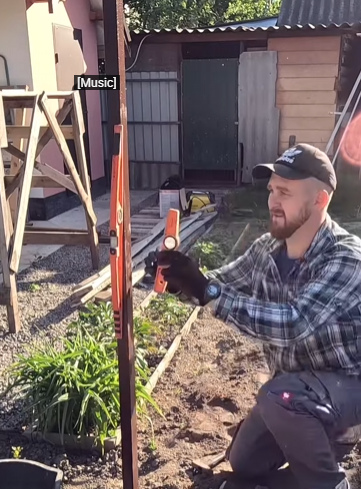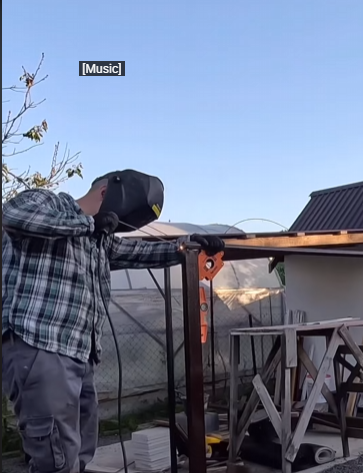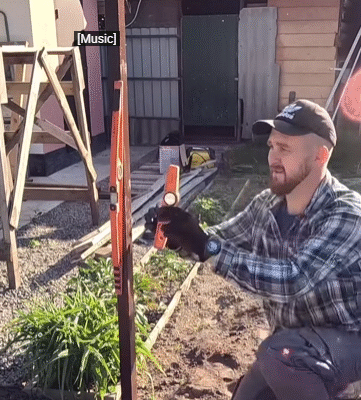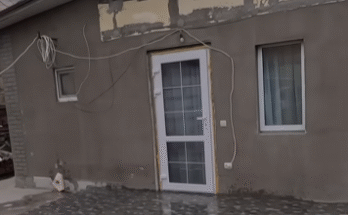
Growing cucumbers is a joy for many gardeners, but anyone who has tried knows that these vigorous vines can quickly become a tangled mess. Enter the trellis — a simple yet game-changing tool that can transform your cucumber-growing experience. Whether you’re gardening in a small backyard, raised bed, or a few pots on your patio, a trellis can improve airflow, save space, make harvesting easier, and even boost your yields. In this guide, we’ll explore why using a trellis for cucumbers is so effective, how to build or buy one, and the best practices for growing vertical cucumbers.
Why Cucumbers Need a Trellis
Cucumbers are natural climbers. In the wild, they sprawl across the forest floor or climb up trees using their tendrils. When we try to grow them flat on the ground in a garden, we’re working against their instincts — and nature often wins. Here’s what happens when cucumbers grow without support:
- The vines spread widely, taking up a lot of space.
- Fruits get dirty, rot quickly, or are harder to spot.
- Leaves and stems are more prone to fungal diseases due to poor airflow.
- Pests find it easier to hide and attack the plants.
A trellis solves all these problems in one go. By growing cucumbers vertically, you can increase airflow, reduce disease, keep fruits clean, and make harvesting easier. It’s also a great way to maximize limited garden space.

Choosing the Right Trellis Design
There are many types of trellises suitable for cucumbers. The best one for you depends on your space, budget, and aesthetic preferences. Here are some popular options:
1. A-Frame Trellis
This is one of the most common types. It’s shaped like a letter “A”, with vines climbing up each side and fruit hanging down the middle.
Pros: Stable, easy to build with wood or metal, good for raised beds.
Cons: Requires more materials and effort to construct.
2. Vertical Panel or Grid Trellis
Made from wire mesh, cattle panels, or garden fencing, this trellis is set upright and allows the cucumber vines to climb straight up.
Pros: Simple design, very efficient for tight spaces.
Cons: Needs strong anchoring to avoid tipping over in the wind.
3. String or Netting Trellis
This is a flexible and affordable method. You hang garden netting or twine from a frame or between posts, and the vines cling as they grow.
Pros: Lightweight, cheap, easy to customize.
Cons: May sag under heavy fruit; needs regular adjustments.
4. Arch or Tunnel Trellis
A curved trellis made from metal or PVC pipe with wire netting stretched across. Cucumbers grow over the arch, creating a green tunnel effect.
Pros: Beautiful, provides shade underneath, easy harvesting.
Cons: More expensive, takes time to construct.

How to Build a Simple Cucumber Trellis
Want to DIY your own trellis? Here’s a basic step-by-step guide for a wooden A-frame trellis:
Materials:
- 4 wooden stakes (6 feet long)
- Garden netting or wire mesh
- Screws and a drill (or nails and hammer)
- Hinges (optional, if you want a foldable version)
Steps:
- Cut the stakes into two pairs and form two A-shaped frames.
- Connect the top of each pair with a hinge or screw to create an A-frame.
- Stretch netting or mesh across the two sides of the frame.
- Secure it into the ground in your garden or raised bed.
- Plant cucumber seedlings at the base, 6–12 inches apart.
This setup supports growth, keeps fruits off the ground, and folds for storage when the season ends.
Best Cucumber Varieties for Trellising
Not all cucumber varieties climb equally well. Bush cucumbers are compact and better suited for containers, while vining varieties thrive on trellises. Some excellent trellis-friendly cucumber varieties include:
- Marketmore 76 – Classic slicing cucumber with vigorous vines.
- Straight Eight – Sweet, crisp, and climbs well.
- Lemon Cucumber – Round, yellow fruits and fast-growing vines.
- Armenian Cucumber – Technically a melon, but grows like a cucumber and loves to climb.
- Suyo Long – Curved, spiny cucumbers that grow extra long on vertical trellises.

How to Train Cucumbers to Climb
Cucumber vines don’t always know where to go, especially in the early stages. Here’s how to help:
- Guide tendrils: Once the plant has a few sets of leaves, gently wrap tendrils around the trellis.
- Use clips or ties: Soft garden ties or clips can help attach vines to the structure.
- Check regularly: Every few days, tuck stray vines back onto the trellis.
- Prune lower leaves: If needed, remove some lower leaves to encourage upward growth and airflow.
Once they get the idea, cucumbers will take off and wrap around the structure on their own.
Watering and Fertilizing Trellised Cucumbers
Trellised cucumbers need consistent care, especially during fruit production:
- Water deeply: Cucumbers love water. Drip irrigation or watering at the base helps prevent mildew.
- Mulch below: Straw or wood chips retain moisture and keep roots cool.
- Feed regularly: Use a balanced fertilizer (like 10-10-10) every 2–3 weeks, or compost tea if you prefer organic gardening.

Harvesting Made Easy
One of the best parts of using a trellis? Harvesting is a breeze. No more hunting through tangled vines or kneeling in the dirt. Fruits dangle in plain sight. You can pick them at the perfect time — when they’re firm, green, and about 6–8 inches long (depending on the variety). Don’t let cucumbers get too big — they turn bitter and reduce further fruit production.
Common Mistakes to Avoid
Even with a trellis, gardeners sometimes run into trouble. Watch out for these issues:
- Overcrowding: Don’t plant cucumbers too close. Give each vine room to breathe and climb.
- Weak support: Ensure your trellis is strong enough to handle full-grown vines and heavy fruit.
- Ignoring pests: Aphids, cucumber beetles, and spider mites can still be a problem. Inspect your plants regularly.
- Letting vines run wild: A trellis helps, but you still need to do some guiding and pruning.
Conclusion: Trellis for Success
A cucumber trellis isn’t just a nice gardening add-on — it’s a game-changer. Whether you want healthier plants, higher yields, or just a neater garden space, going vertical is the smart move. With just a little effort, you’ll reap big rewards: cleaner fruit, fewer pests, and a harvest that’s as satisfying to look at as it is to eat.
So the next time you’re planning your garden, don’t just plant cucumbers — build them a home in the sky. Your back (and your dinner plate) will thank you.



